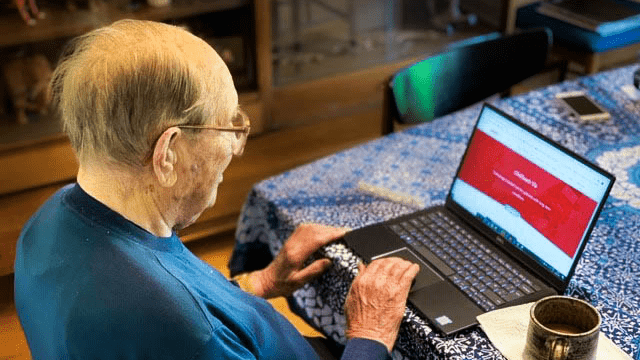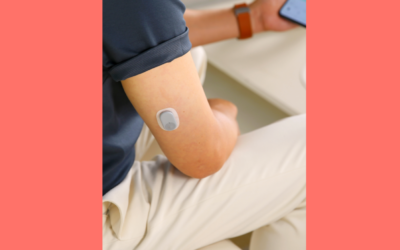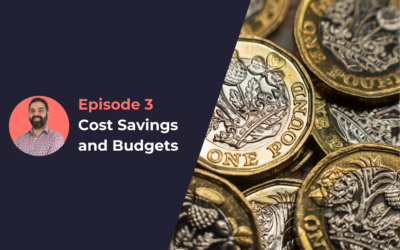By Sophie Davis-Cooper on July 20, 2020
Remote monitoring aims to make healthcare easier for both patients and clinicians. Using an digital platform, healthcare professionals can communicate with patients and track their symptoms remotely. This development has empowered many patients to self-manage in the comfort of their own homes, and enabled clinicians to utilise their time and resources more effectively.
As outlined in the NHS England planning guidance, remote monitoring and virtual wards have been recognised as a tool to improve the responsiveness of urgent and emergency care and for building community capacity.
Having the experience of developing our award-winning monitoring software CliniTouch Vie, alongside our dedicated clinical, operational and development team, we would like to share the four essential ingredients required for effective remote monitoring.
- Usability
A Microsoft study found that the human attention span is continually getting shorter, and is now less than that of a goldfish (8 seconds). This means that the way digital platforms look, feel and respond to the user is incredibly important. If a user logs on and dislikes the appearance or finds it difficult to use, the chances are they will never visit the platform again.
This is why making remote monitoring software easy to use for healthcare professionals and patients alike is crucial.
Throughout our development of CliniTouch Vie, we continually test to ensure that the platform doesn’t require extensive training to use and caters to people of all technical abilities. One of the main objectives of remote monitoring is to be quick, efficient, and convenient to use. If the platform isn’t user-friendly then it can’t make healthcare easier.
- Data
Besides usability, a crucial ingredient for effective remote monitoring is data collection. By gathering data about the patient’s current condition based on algorithmic questions, the clinician is empowered to make quicker, more well-informed decisions that best serve the patient’s needs. Data helps healthcare professionals paint a picture of their patients’ health and helps them decide which patients need prioritising.
The way the data is presented to the clinician is also important, to ensure it’s easy to interpret and report on. Clinicians can track how patients interact with the platform to provide insight into the patient’s concerns and where they may need extra support. For example, if a patient repeatedly visited an educational page on inhaler techniques, the clinician would be made aware and may choose to ask the patient if they need any additional support such as a video call to recap on a good inhaler technique.

- Education
Another important element of remote monitoring is providing educational resources for patients. This empowers patients to self-manage their conditions in the comfort of their own homes, helping to reduce the risk of preventable complications and improving their quality of life. Ensuring patients have access to approved, reliable information can reduce anxiety and give patients the tools to manage their condition on a daily basis with the goal of empowering them to lead a more enriched, healthier life.
Our CliniTouch Vie platform tailors the educational content to the patient’s specific needs and condition to make sure all the information is useful and relevant.
While enabling patients to self-manage helps them become more independent, it drastically saves time and money for healthcare organisations.
- Engagement
To encourage patients and healthcare providers to engage with remote monitoring, there needs to be a two-way relationship between the users and the developers. Taking user feedback into consideration is a crucial part of developing the software to ensure it meets the needs of both clinicians and patients. Being open to both praise and constructive feedback is important to help the platform improve, grow and engage with users more effectively.
“As the product owner of CliniTouch Vie it is invaluable to collaborate with our clients to get the very best out of the system. I am so impressed by the expertise in the teams and how quickly they become the experts on the platform. We get highly intuitive feedback about an even better way of presenting a feature or simplifying an approach.
It’s super gratifying for us as a development team as it means our product is in use, is being scrutinised for continuous improvement and that our clients are engaged and motivated – it’s a real win when we can implement a client’s request. That’s also true for our patient feedback. A good example of this is the new Health Trends feature for patients which is coming soon by popular request.”
Jane Van Aken, Development Director

For clinicians who are reluctant to adopt the software, there should be an emphasis on how remote monitoring is a tool to support and enhance care and is not a substitute for their clinical expertise and judgement. For patients, remote monitoring helps them manage their health, helps them stay out of hospital and keeps them connected to their clinician.. It’s crucial that patients and clinicians believe and understand that the technology is solving a problem for them.
“If digital technology isn’t solving a problem then it is unlikely to succeed”.
Jane Van Aken, Development Director
The Future
It is clear there is great potential for remote monitoring and virtual wards as we prepare for life beyond COVID and look to the future of community care. Undoubtedly, it will evolve based on what we learn and the changing expectations from healthcare providers and patients alike.
For a free, no-obligation demo of ClinTouch Vie, please email us at digital@spirit-health.com.


